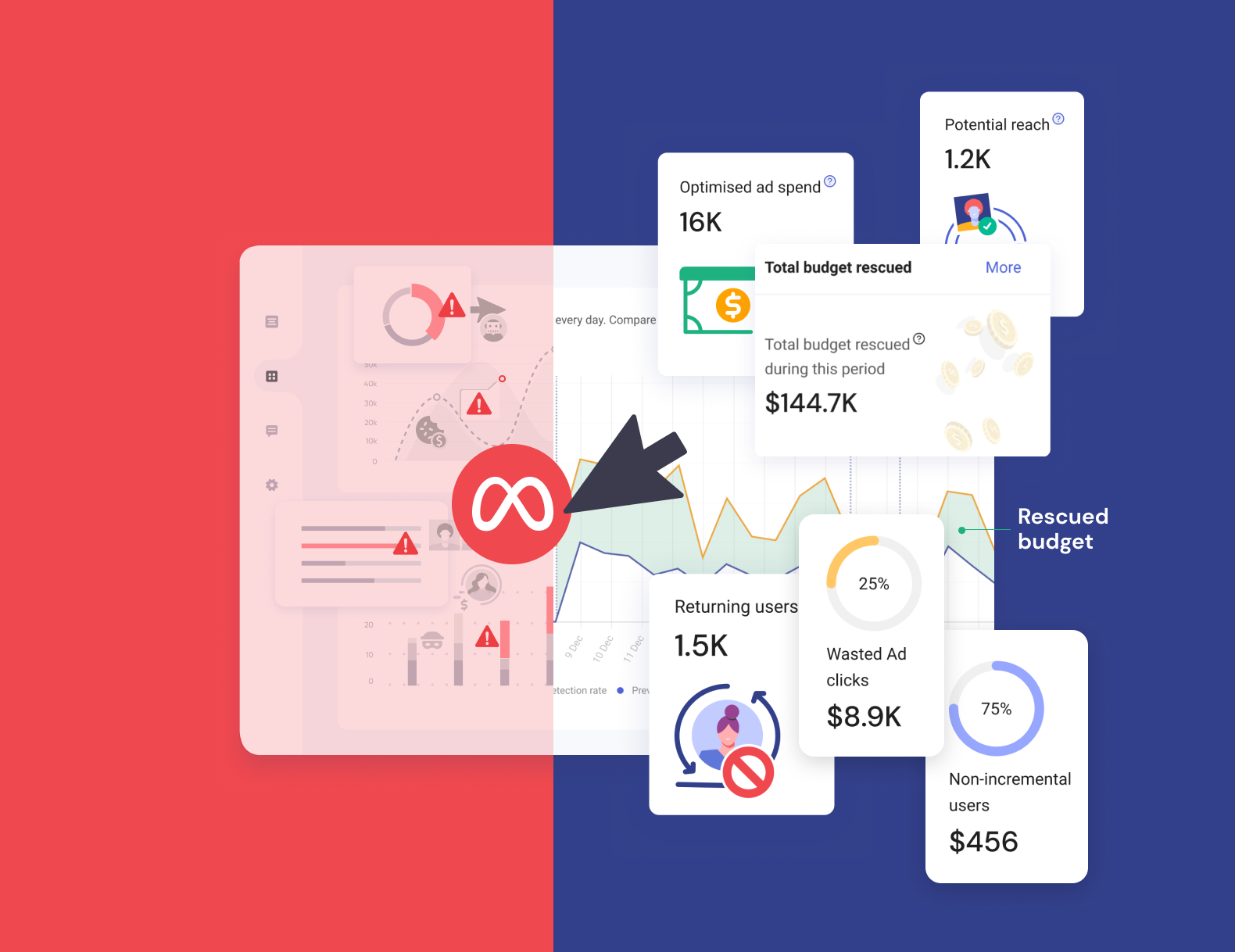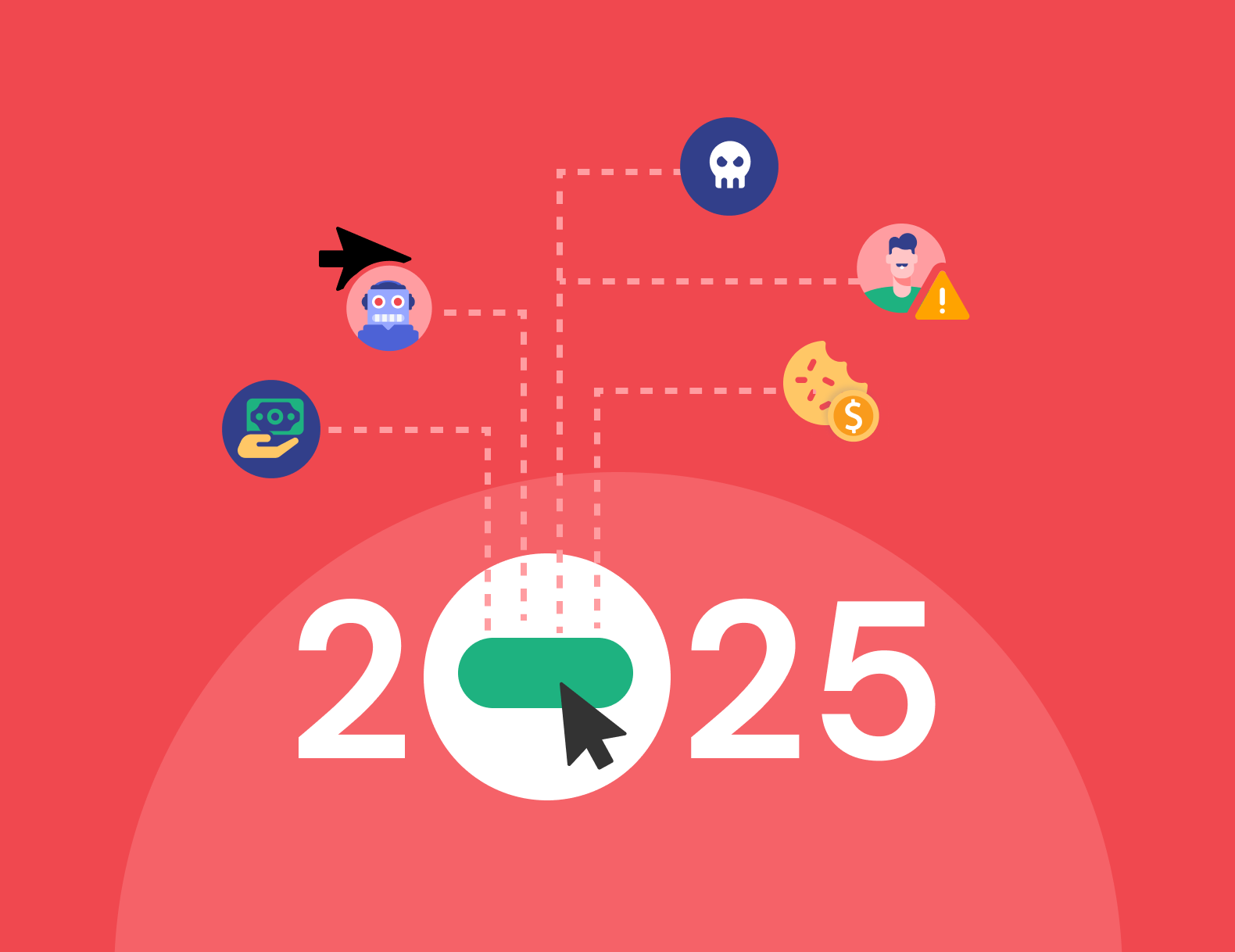Invalid traffic in financial services: Fraudsters, your number is up.

The financial services landscape has changed dramatically over the past few years, with the move away from legacy banks towards digital-first ventures and applications. These so-called “challenger banks” are fuelling competition in the already-bustling financial services market; meaning budgets, ad spend, and marketing efforts are bigger and more important than ever.
Financial services are investing heavily in digital tactics to try and bag their share of new users. It’s no surprise the industry has some of the highest cost-per-click rates in the world, with mortgage, loans, and credit topping WordStream’s list of most expensive keywords in Google Ads at around $40 per click.
Financial businesses are clearly putting huge amounts of budget behind digital campaigns; but as we know too well, fraud follows money. With big spending banks investing huge volumes of cash in popular keywords, you can be sure fraudsters are taking their slice of the profits. What does this lead to? Wasted media spend, compromised campaign data, and investment in channels with poor return. Not ideal in an industry where ever click counts.
But the proof is in the pudding, and you look like a numbers kind of guy. We’ve pulled together three examples of our financial service customers who came to us with painfully high CPAs and little to show for their massive monthly ad spend. Below you can see the outcomes of their two-week traffic audits undertaken by yours truly. Be warned, these results may shock you.
“I’ve seen high-street banks losing a staggering $2 million a month to invalid traffic and fraud that could be redistributed to legitimate marketing activity or invested back into the business–but was instead completely wasted.” Adam French, Regional VP at TrafficGuard
Customer one: A sky high CPA for this publicly listed company.
In a fortnight, this customer invested $145k into various PPC campaigns. We found that $30k of this was spent on invalid sources of traffic, that means over a fifth of their budget was wasted on clicks highly unlikely to convert.
By tracking IP addresses, we found that one user had navigated to their website through a brand keyword (that means they had searched for the company name directly) eleven times in only six days—costing four cents each time. Although 44 cents won’t break the bank (ha, get it?), this is a great indicator of the way seemingly harmless clicks can rack up to seriously drain budgets.
Much to their shock, this business was losing an eye-watering $720k per year to invalid clicks—it’s difficult to compete with the big dogs when you’re losing that much to financial fraudsters.
Luckily, this organisation made the smart decision of sticking with our traffic guardians to protect their ads. With TrafficGuard, they increased their conversion rate by 14.2%, and enjoyed a 12.4% decrease in their CPA. All because our clever system ensured their ads were shown to and clicked by users with genuine intent.
Customer two: A million a month to invalid traffic.
Did you wince at that sentence? We don’t blame you. This customer was in for a nasty shock when, after their audit, we reported a massive $975k of their ad spend had been lost to 170k invalid clicks. Ouch.
The majority (66%) of these clicks came from bots and malware, meaning traffic originating from those IP addresses was not human. They came either from pre-existing known bots and hosts or were exhibiting abnormal behaviour, such as incredibly speedy click-through times. This type of traffic offers no long term business value, but can sometimes convert and deliver misleading marketing metrics like reduced CPA. This can harm your marketing campaigns at more than just the CPC stage, as it can lead to overinvestment in channels with poor genuine ROI.
Customer three: Digital bank saved from misattribution misery.
This online bank experienced rapid growth in the past ten years by driving their customers to manage all aspects of their finances through a dedicated app. They wanted to ensure their traffic sources were driving legitimate installations of their app from real users and that their MMP was correctly attributing installs of their app.
We found that between 5%-10% of app installs were being misattributed by the MMP. These and future invalid installs were swiftly removed from the attribution pool to ensure that only those partners sending legitimate traffic were rewarded.
By reducing invalid traffic in their campaigns, we were able to invalidate 465k app installs and eight million events all of which would have not been done if the company had only used their MMP’s single layer fraud defence. For a problem as large as ad fraud, only the best will do.
Want to see what we can do? Apply for your very own traffic quality audit here. You never know what’s hiding behind those pixels.
Get started - it's free
You can set up a TrafficGuard account in minutes, so we’ll be protecting your campaigns before you can say ‘sky-high ROI’.
Subscribe
Subscribe now to get all the latest news and insights on digital advertising, machine learning and ad fraud.








